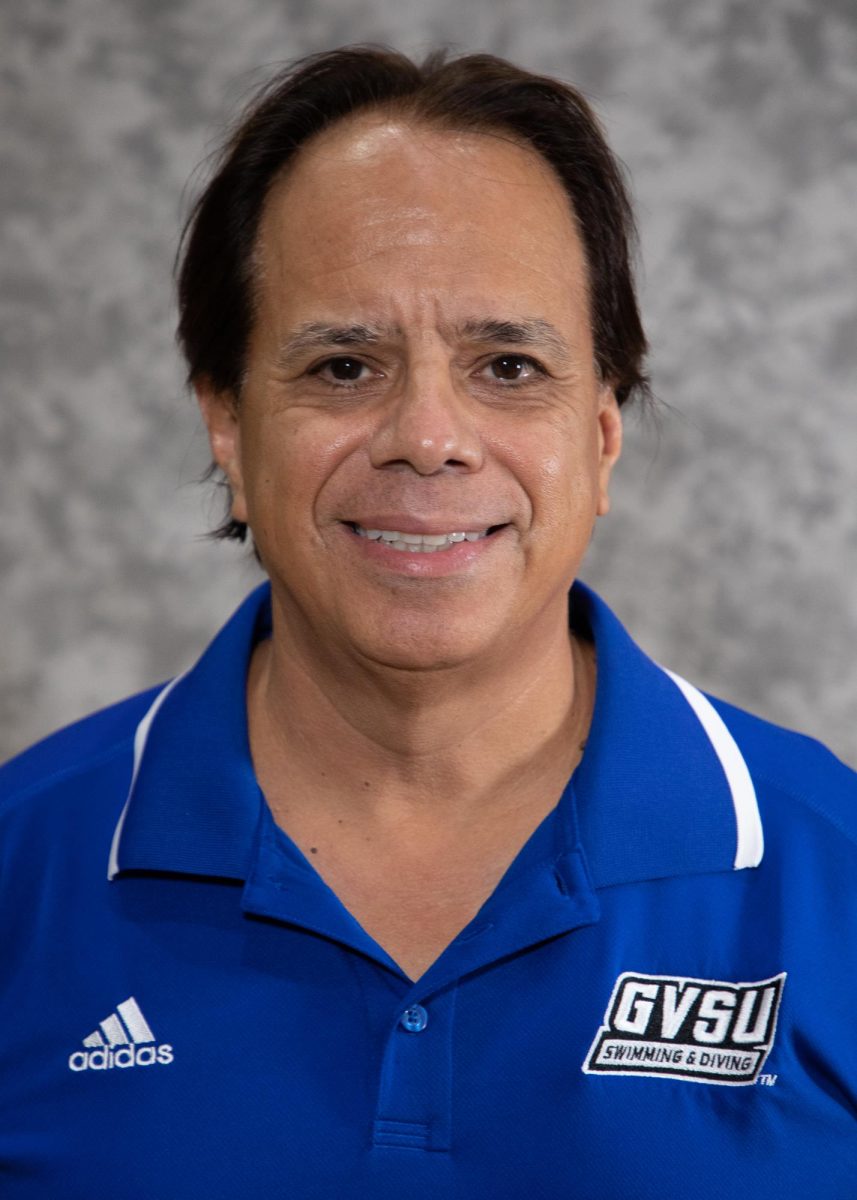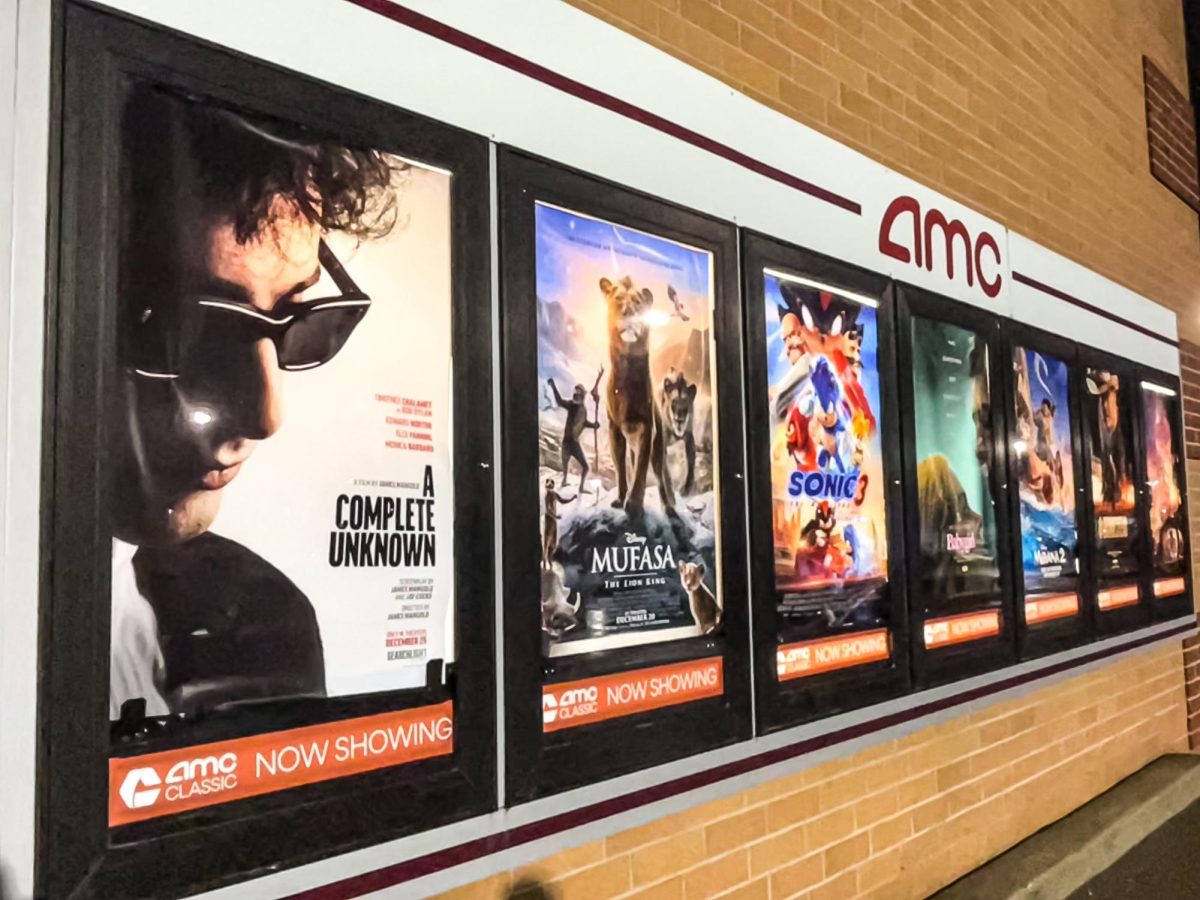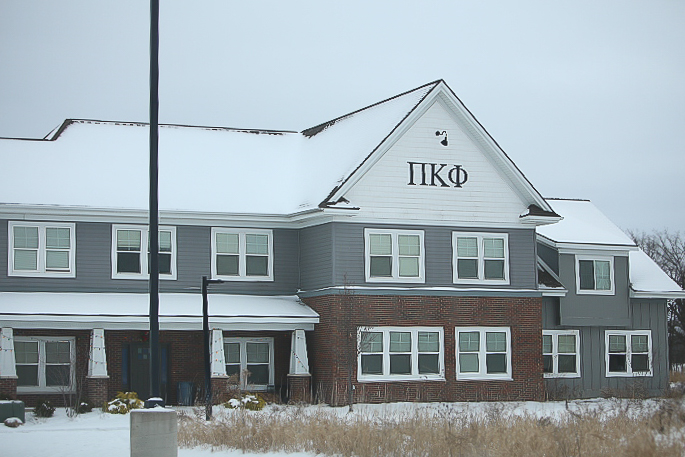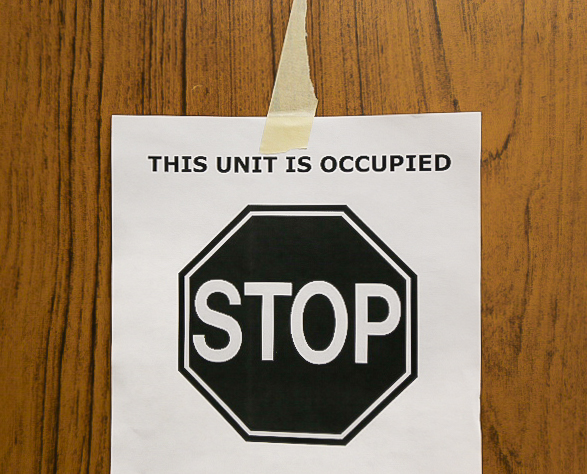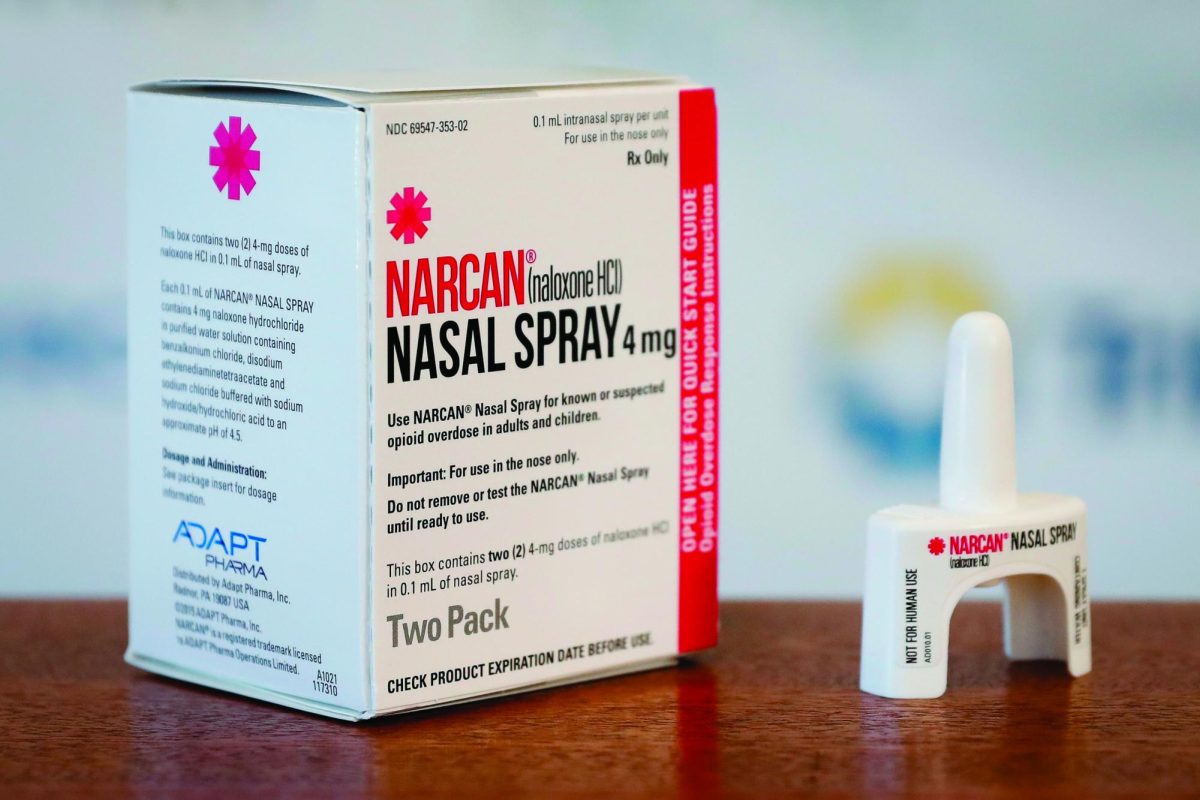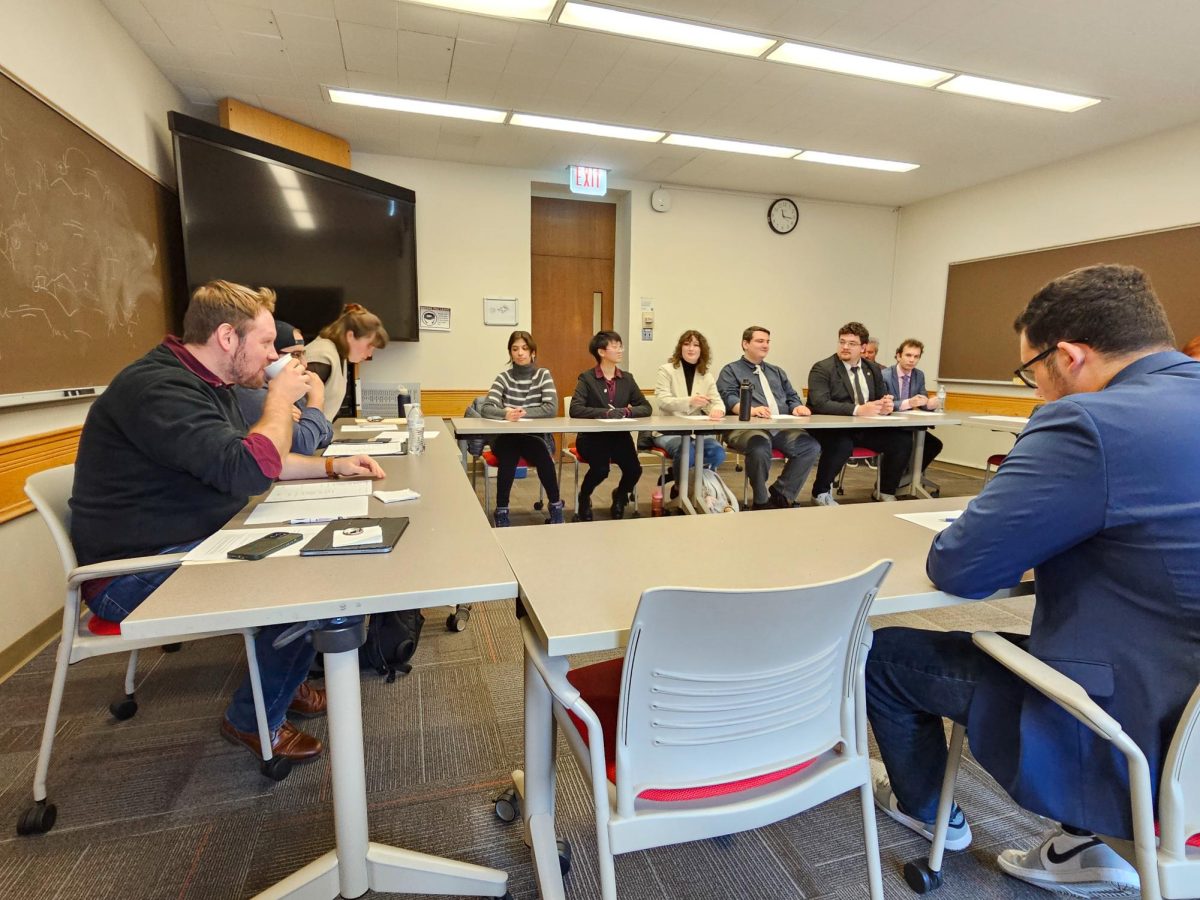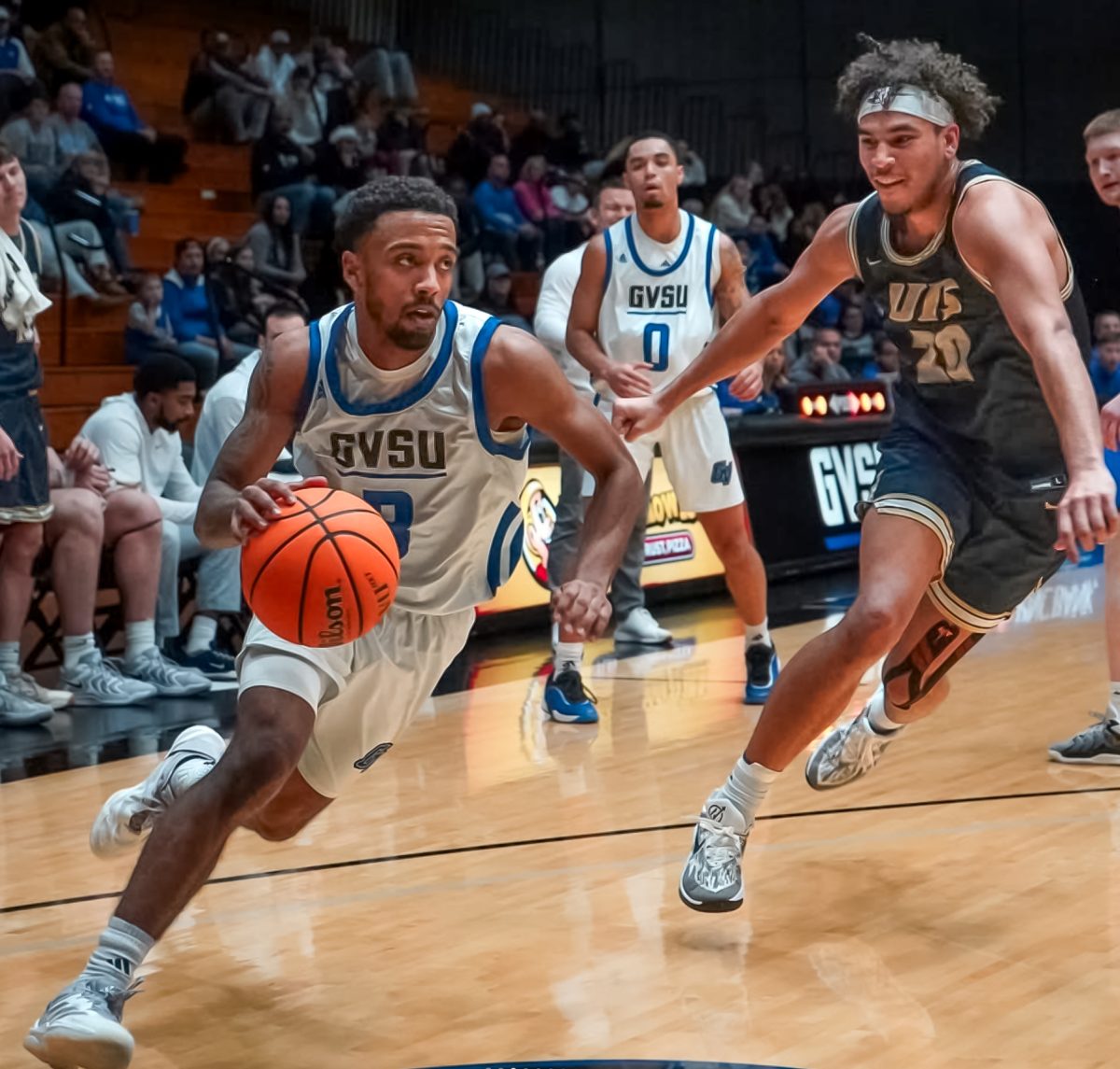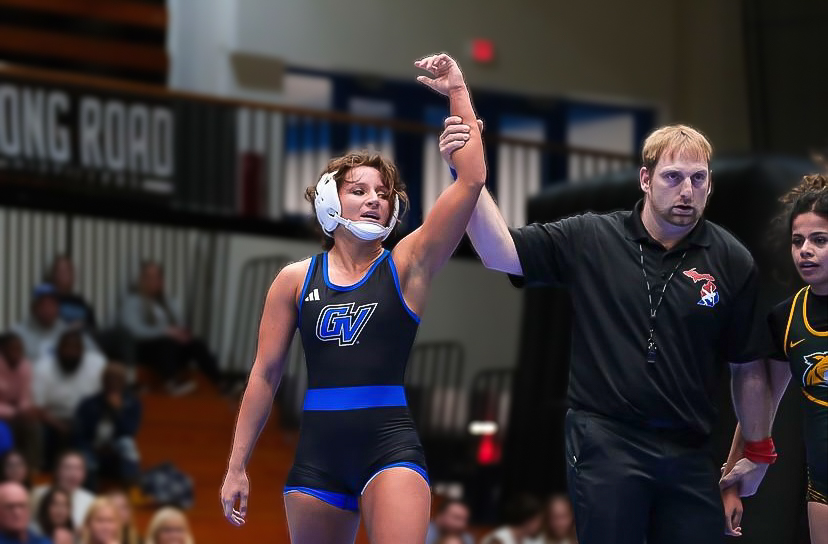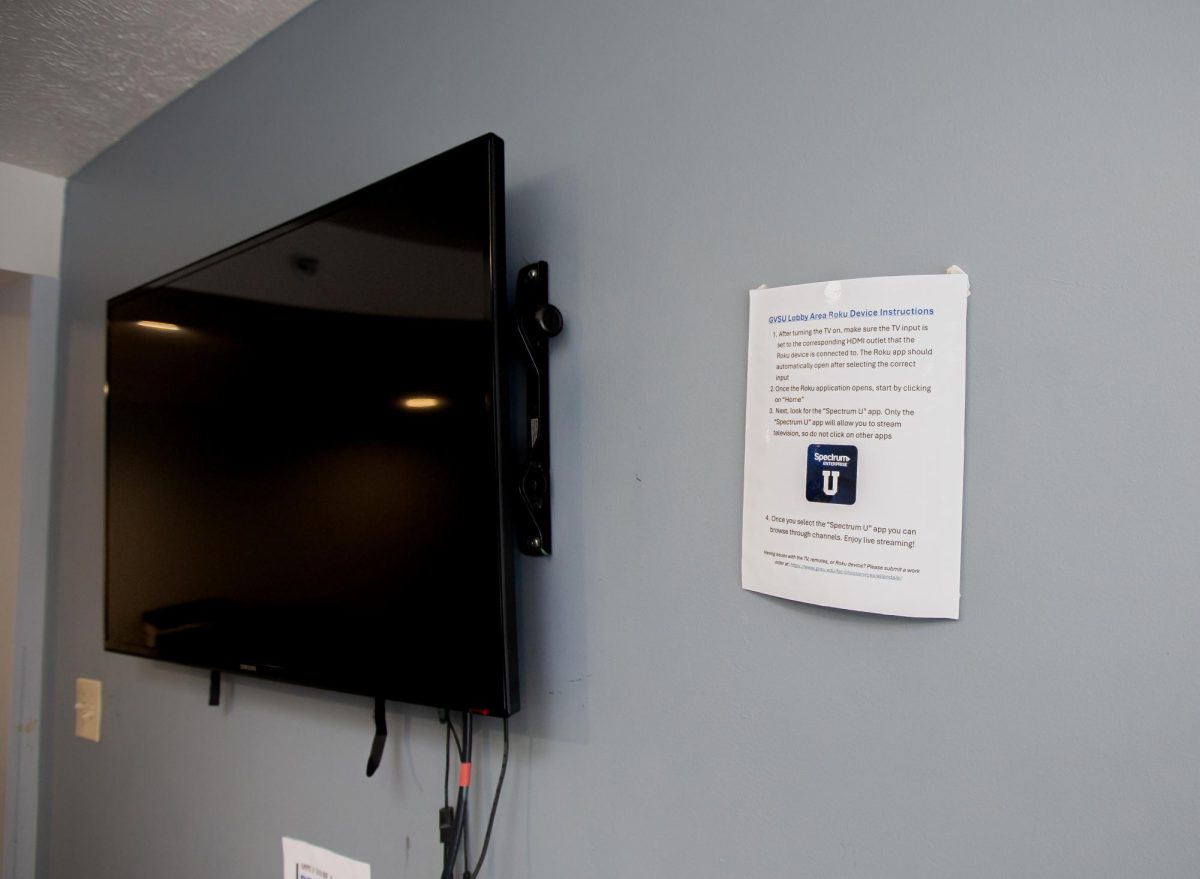Students revisit historic environmental court case

GVL/Kevin Sielaff Jared Sartini, prosecuting the defense, cross-examins a witness during the mock trail that took place this past Tuesday in Mary Idema Pew’s multi-purpose room.
Apr 13, 2014
Grand Valley State University professor Peter Riemersma and his class GEO 300: Geology and the Environment participated in a mock trial on Tuesday based on the book “A Civil Action.”
The book is based on the true story of the legal struggle of families in Woburn, Mass. In the case Anderson v. Cryovac, several families sued two corporations — Beatrice Foods and W.R. Grace, a chemical company.
The families said that improperly handled industrial chemicals were captured by two city groundwater wells and that prolonged ingestion of the groundwater had caused leukemia and other health problems in their community. The case eventually led to the largest chemical cleanup in the history of the northeastern U.S. at that time, which cost about $68 million.
Students first became familiar with the case by reading the book and then assembling scientific evidence that involves analysis of photographs, well logs, stream flow records, permeability tests, and water level and water quality data. With this research, students then constructed “exhibits” for the mock trial. During this time, they delivered expert opinions and gave depositions and testimonies before a judge and student jury.
“As a geology major, this was an in-depth real-life experience that was extremely beneficial,” said Jessika Lynn, junior class member. “We had to prepare our own information and operate in a non-rehearsed test of our own understanding of what we had learned.”
The course is centered on using the book to explore interfaces between science, citizen action, public health and the U.S. legal system.
“The course is about applying scientific principles to real life problems and involves the analysis, interpretation and presentation of scientific data,” Riemersma said. “It is the interplay between formulating opinions based on scientific reasoning and quantitative analyses, and the presentation and defense of those opinions before a judge that make this course unique and challenging.”
In addition to the students enrolled in the geology course running the trial, 11 students from another geology class stood in as a jury for the event. They decided which of the two companies seemed to be responsible for the situation at hand. These students met with Riemersma before the trial to be introduced to several of the topics that would be addressed in the trial in a more in-depth fashion.
“Part of this experience is the emphasis on oral and written communication rather than a prepared speech or exam, allowing students to formally apply what they did in the course,” Riemersma said. “As they prepare for the mock trial using the data in the real trial, they can see exactly how all the work we did in class can be used.”
Much of the content and framework of this course was developed by Ohio State University professor Scott Bair and is based on his interdisciplinary mock-trial course “Science in the Courtroom.”




